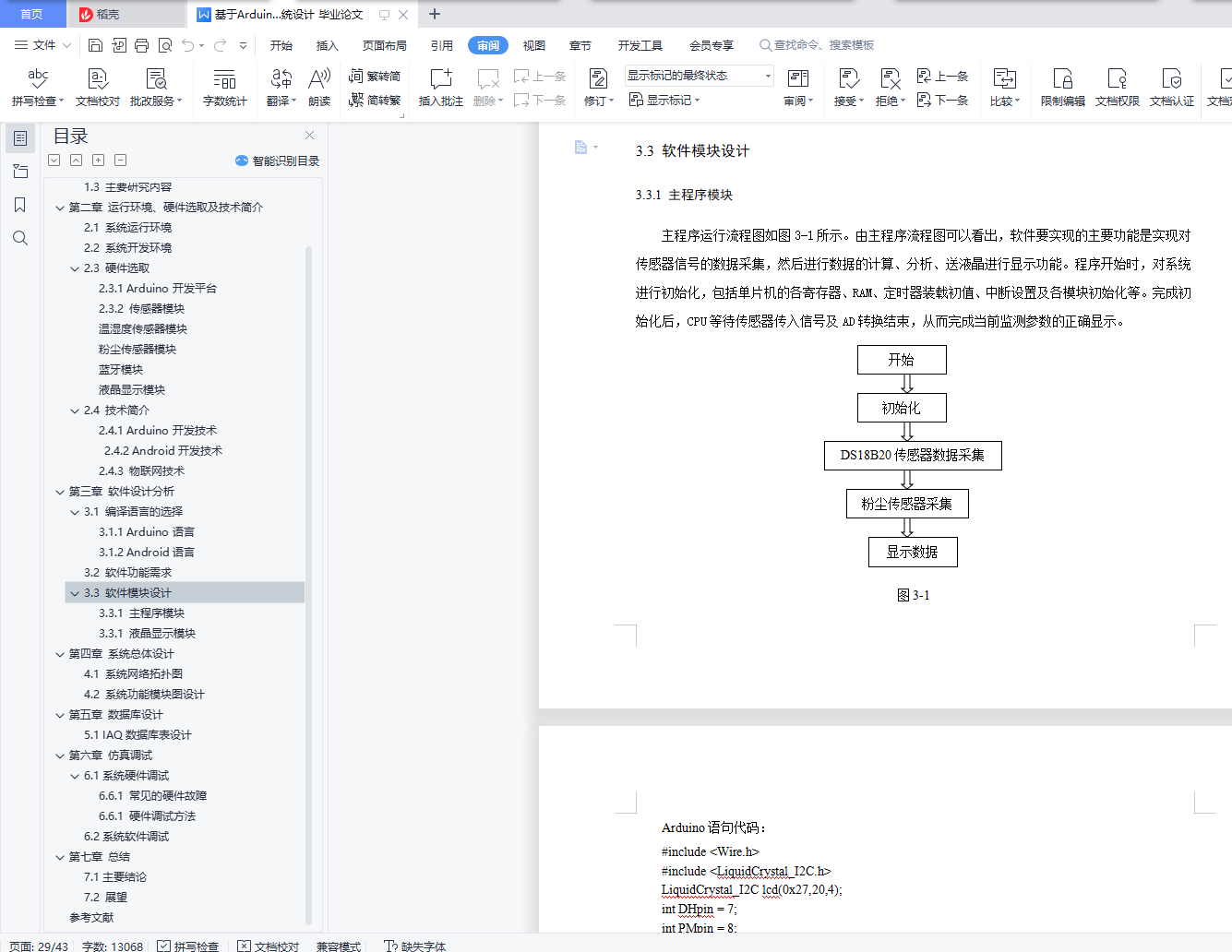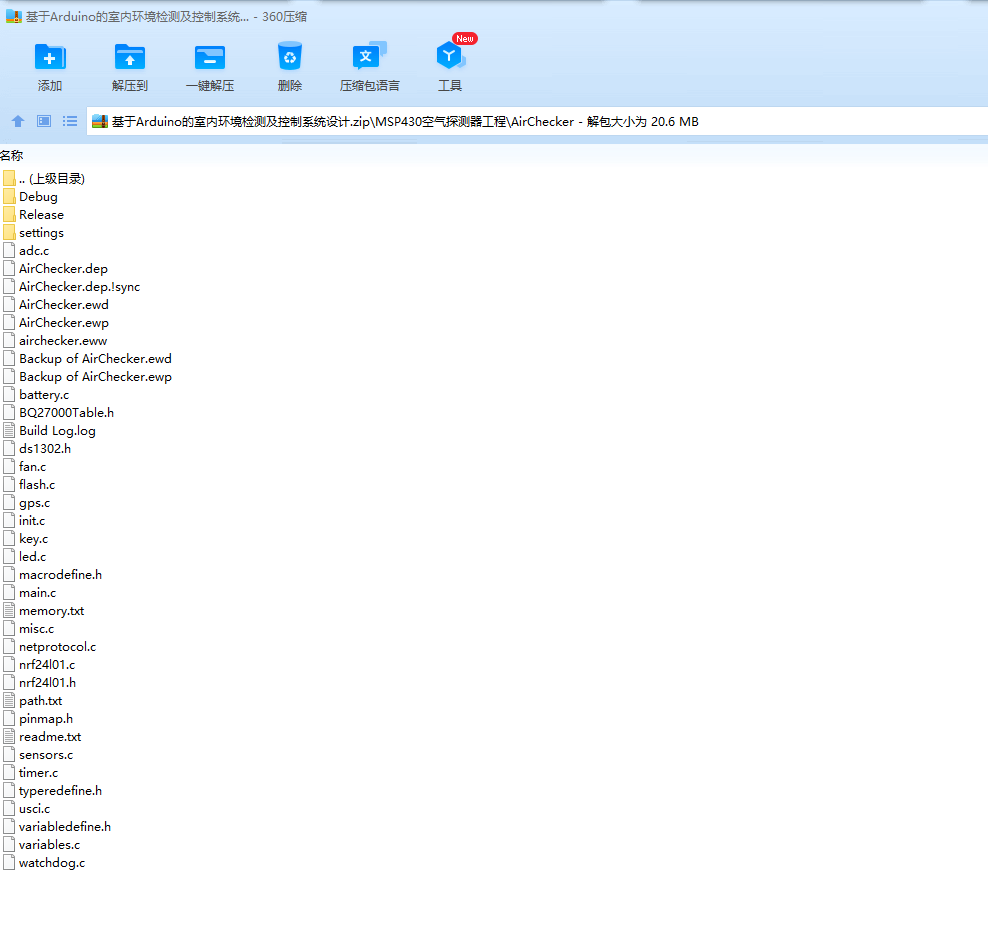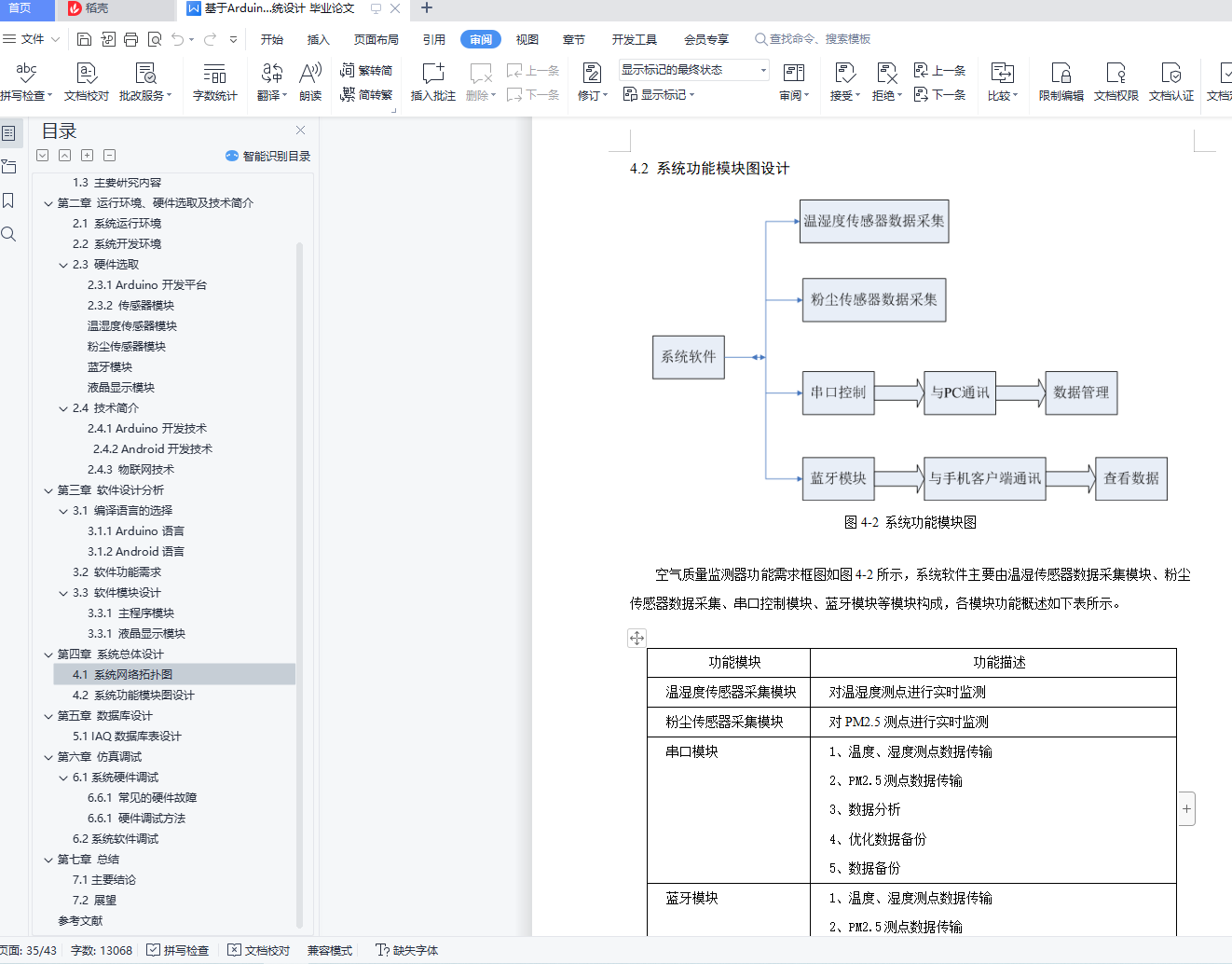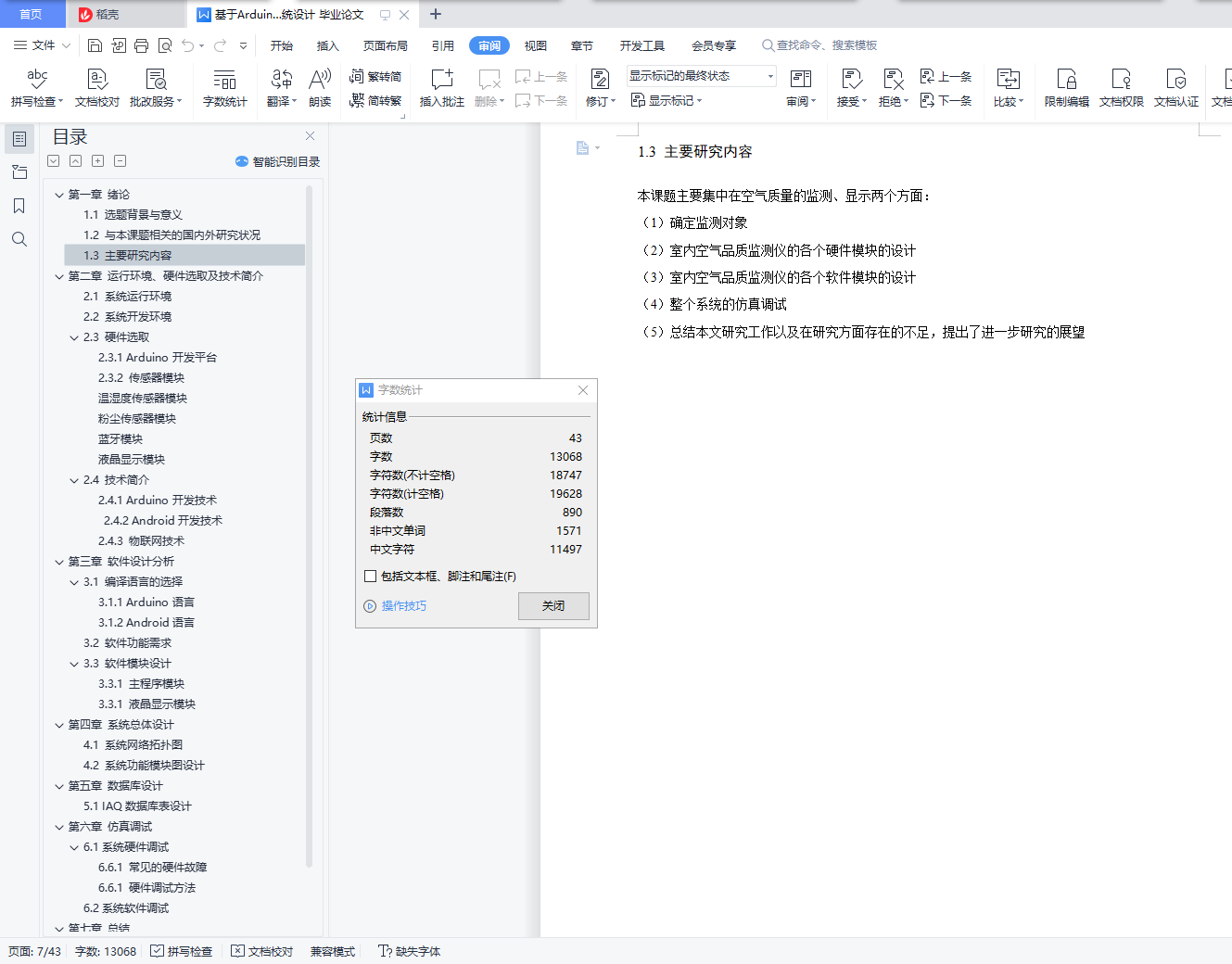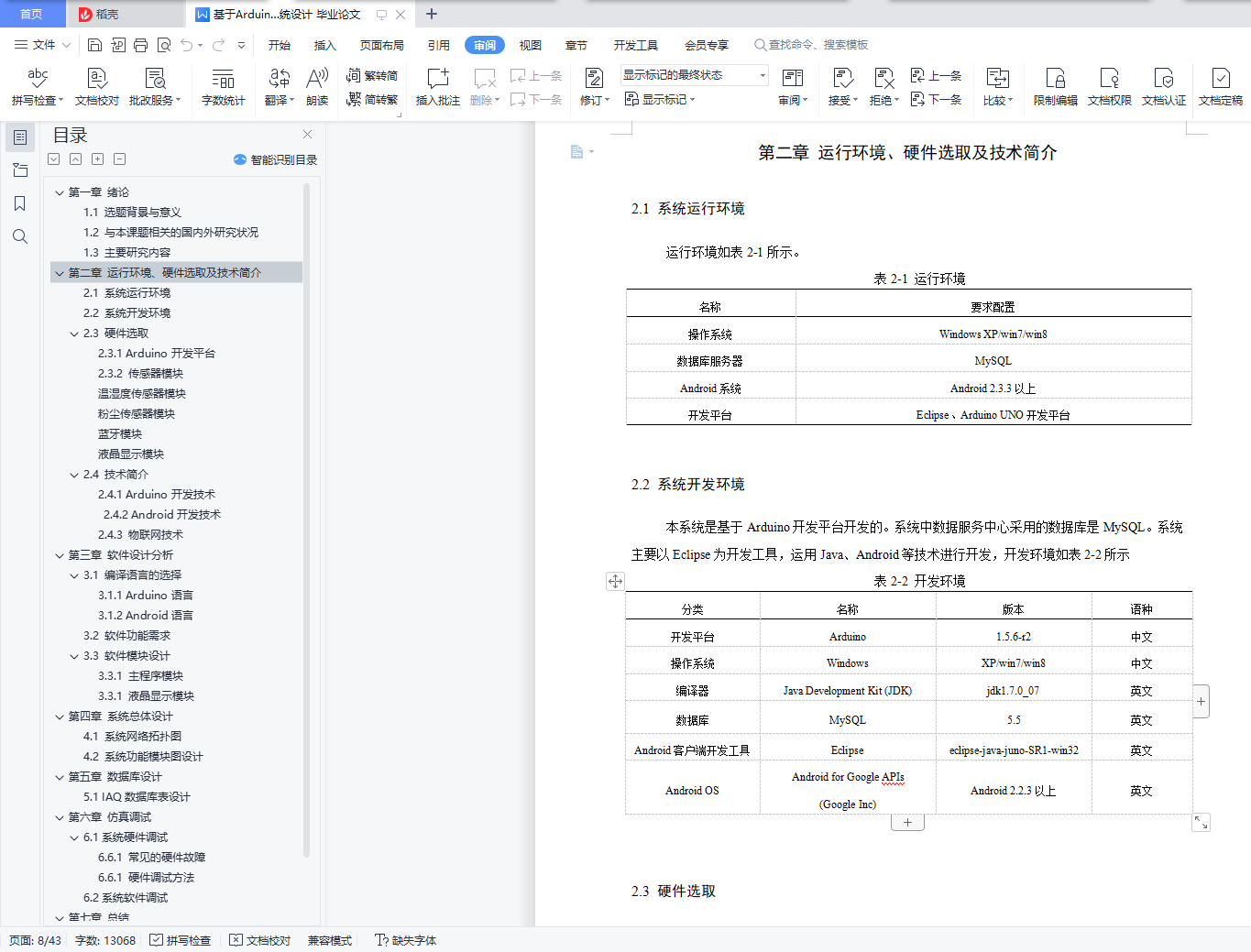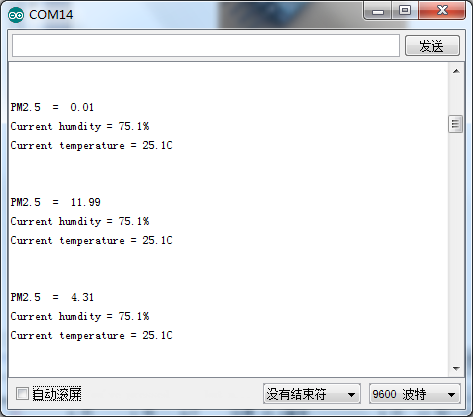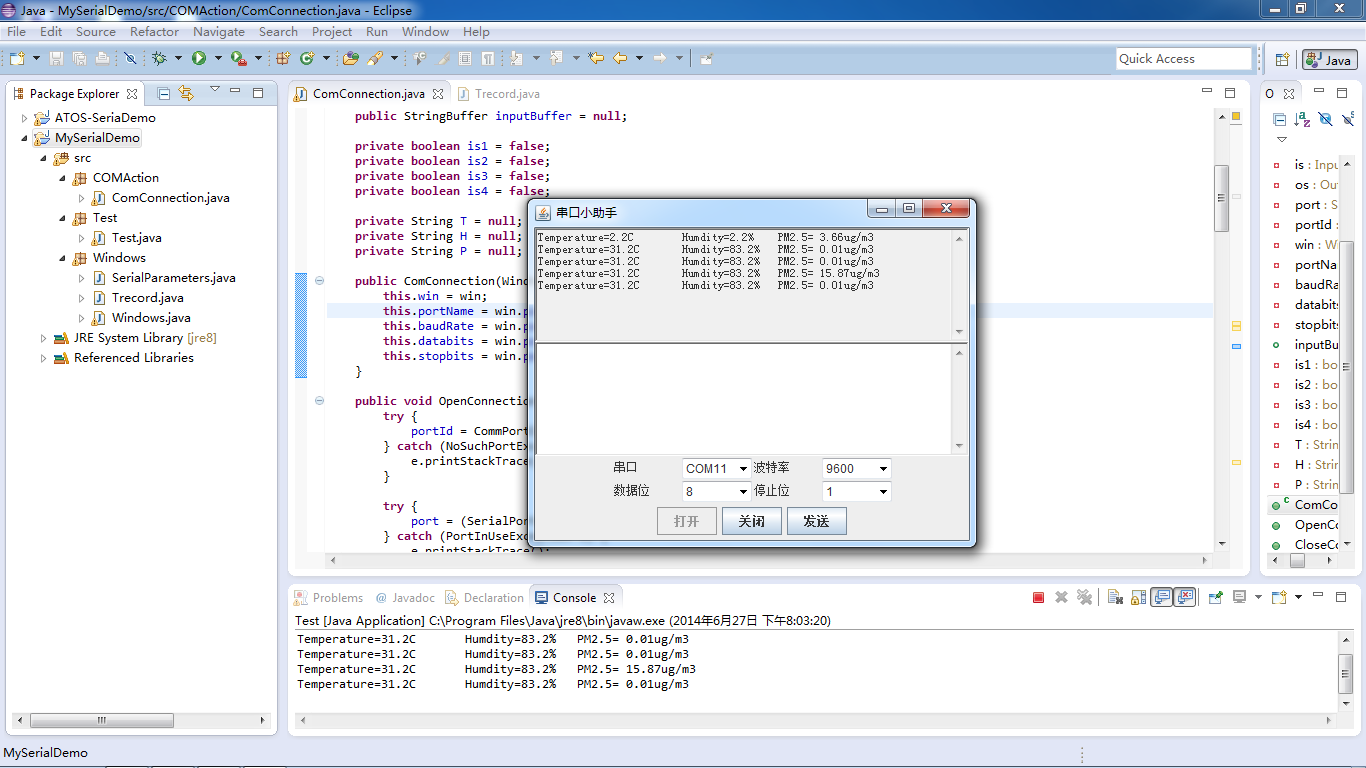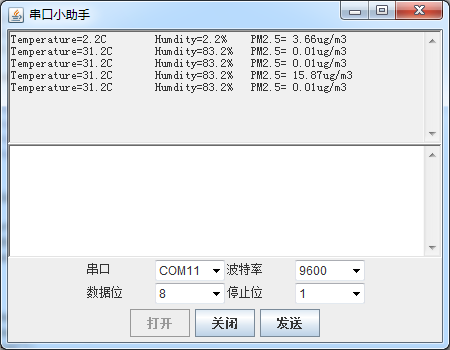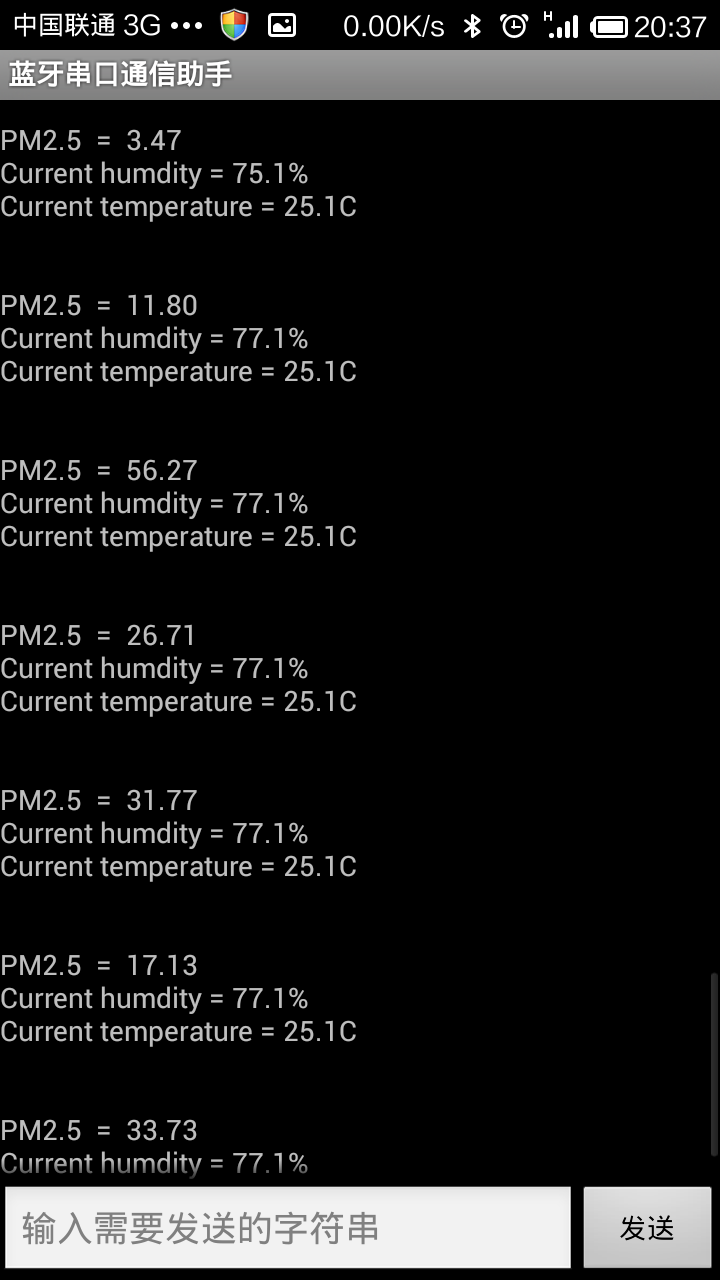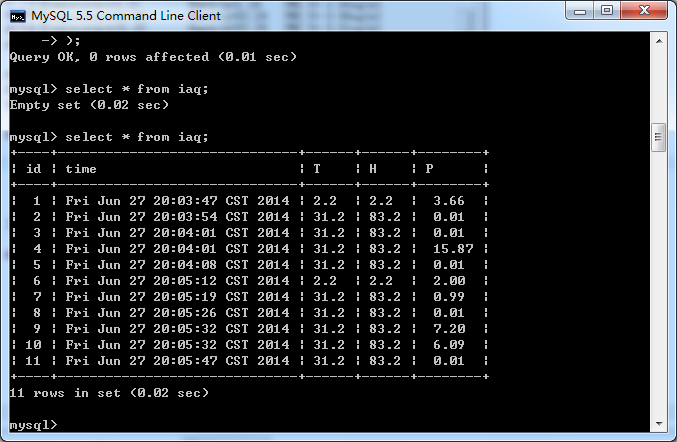摘要:室内环境(温度、湿度、污染物等)是人类生存的自然环境的重要组成部分,也是人类生存、发展的基本物质基础。随着科学技术、生产条件、生活水平的改善和提高,建筑结构的封闭化室内办公人员的增加,Indoor Air Quality(IAQ)室内空气品质的研究吸引了越来越多人的关注。人的一生有三分之二的时间在室内度过的。
本文为了便于设计和测量,选取了DS18B20数字温湿度传感器和DSM501灰尘传感器(可按需要自由添加其他传感器),研究设计了一种旨在实现室内空气温度、湿度、有害气体的监测的空气检测器系统。其设计方案基于Arduino单片机,相关传感器来实现。将传感器回路输出的信号经由Arduino单片机进行数据处理,由LCD1602点阵式液晶屏显示数值。文中详细介绍了数据采集子系统、数据处理过程、数据显示子系统以及单片机与PC机通信的设计方法和过程。
关键词:室内空气品质、DS18B20数字温湿度传感器、DSM501灰尘传感器、Arduino单片机
Absrtact: indoor environment (temperature, humidity, pollutants, etc.) is an important part of the natural environment for human survival, and also the basic material basis for human survival and development. With the improvement and improvement of science and technology, production conditions and living standards, the research on indoor air quality of Indoor Air quality (IAQ) has attracted more and more attention. A man spends 2/3 of his life indoors.
In order to design and measure easily, the DS18B20 digital temperature and humidity sensor and the DSM501 dust sensor are selected. A kind of indoor air temperature and humidity is designed to realize the indoor air temperature and humidity. A system of air detectors for monitoring harmful gases. Its design scheme is based on Arduino single chip microcomputer, related sensors to achieve. The output signal of sensor circuit is processed by Arduino single chip computer, and the value is displayed by LCD1602 lattice LCD screen. The data acquisition subsystem, data processing process and data display subsystem are introduced in detail. And the design method and process of communication between single chip computer and PC.
Key words: indoor air quality DS18B20 digital temperature and humidity sensor DSM501 dust sensor Arduino single chip microcomputer

目 录
第一章 绪论 1
1.1 选题背景与意义 1
1.2 与本课题相关的国内外研究状况 2
1.3 主要研究内容 3
第二章 运行环境、硬件选取及技术简介 4
2.1 系统运行环境 4
2.2 系统开发环境 4
2.3 硬件选取 4
2.3.1 Arduino开发平台 4
2.3.2 传感器模块 5
温湿度传感器模块 5
粉尘传感器模块 11
蓝牙模块 15
液晶显示模块 15
2.4 技术简介 21
2.4.1 Arduino开发技术 21
2.4.2 Android开发技术 22
2.4.3 物联网技术 22
第三章 软件设计分析 24
3.1 编译语言的选择 24
3.1.1 Arduino语言 24
3.1.2 Android语言 24
3.2 软件功能需求 24
3.3 软件模块设计 25
3.3.1 主程序模块 25
3.3.1 液晶显示模块 29
第四章 系统总体设计 30
4.1 系统网络拓扑图 30
4.2 系统功能模块图设计 32
第五章 数据库设计 33
5.1 IAQ数据库表设计 33
第六章 仿真调试 34
6.1系统硬件调试 34
6.6.1 常见的硬件故障 34
6.6.1 硬件调试方法 34
6.2系统软件调试 35
第七章 总结 37
7.1主要结论 37
7.2 展望 37
参考文献 38
